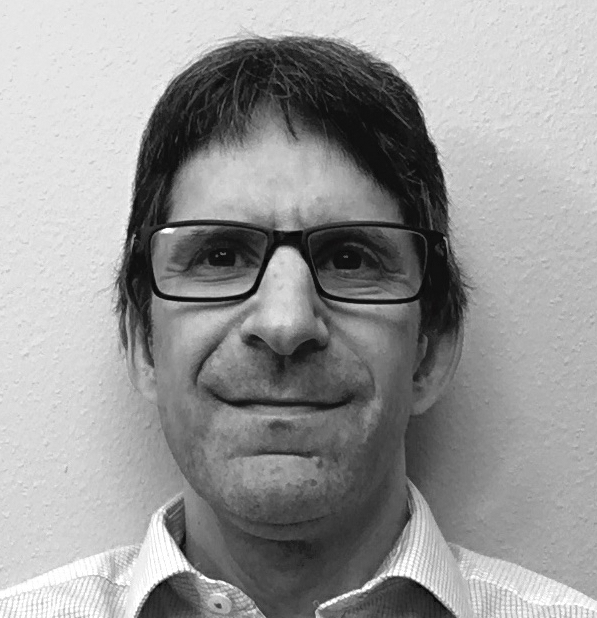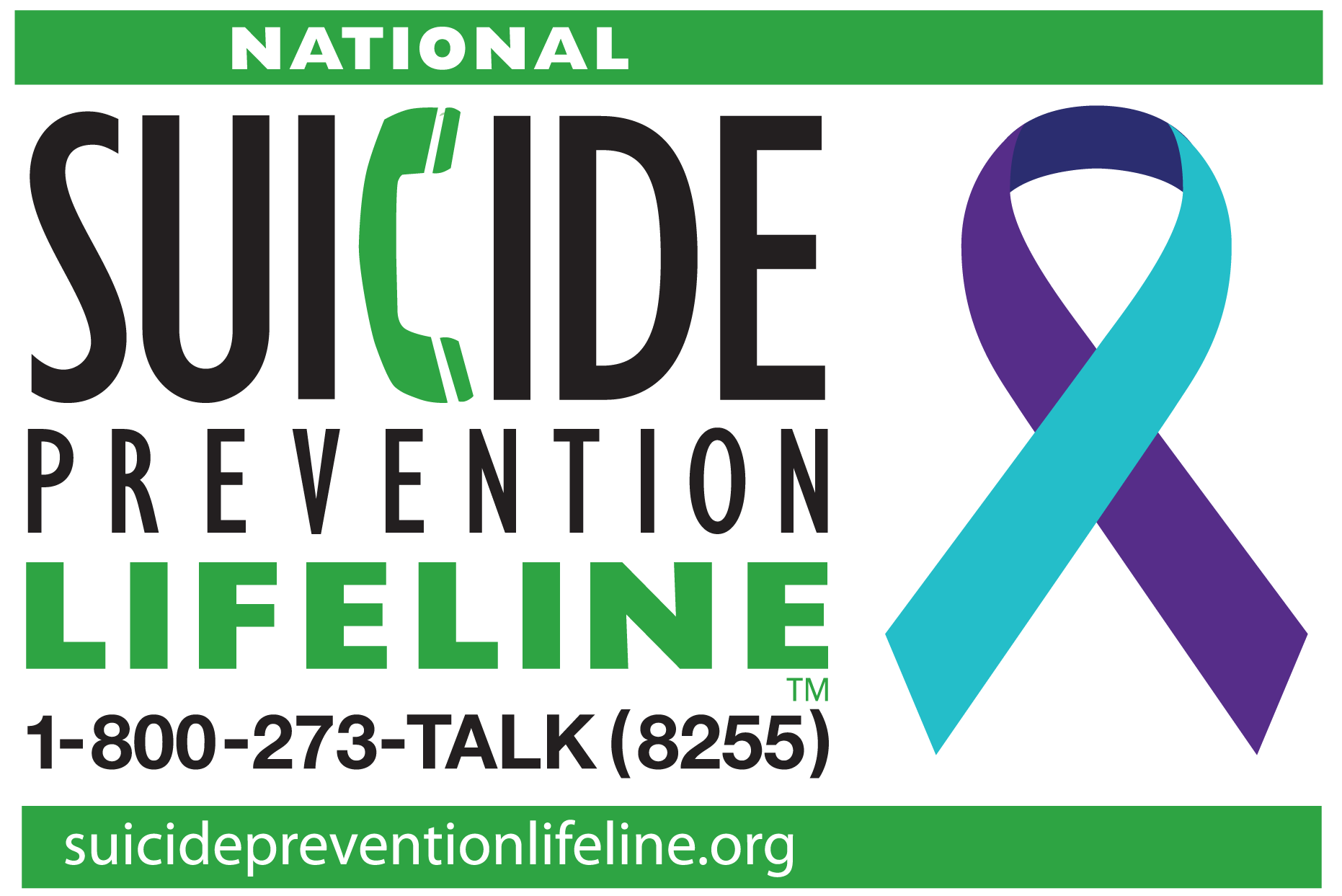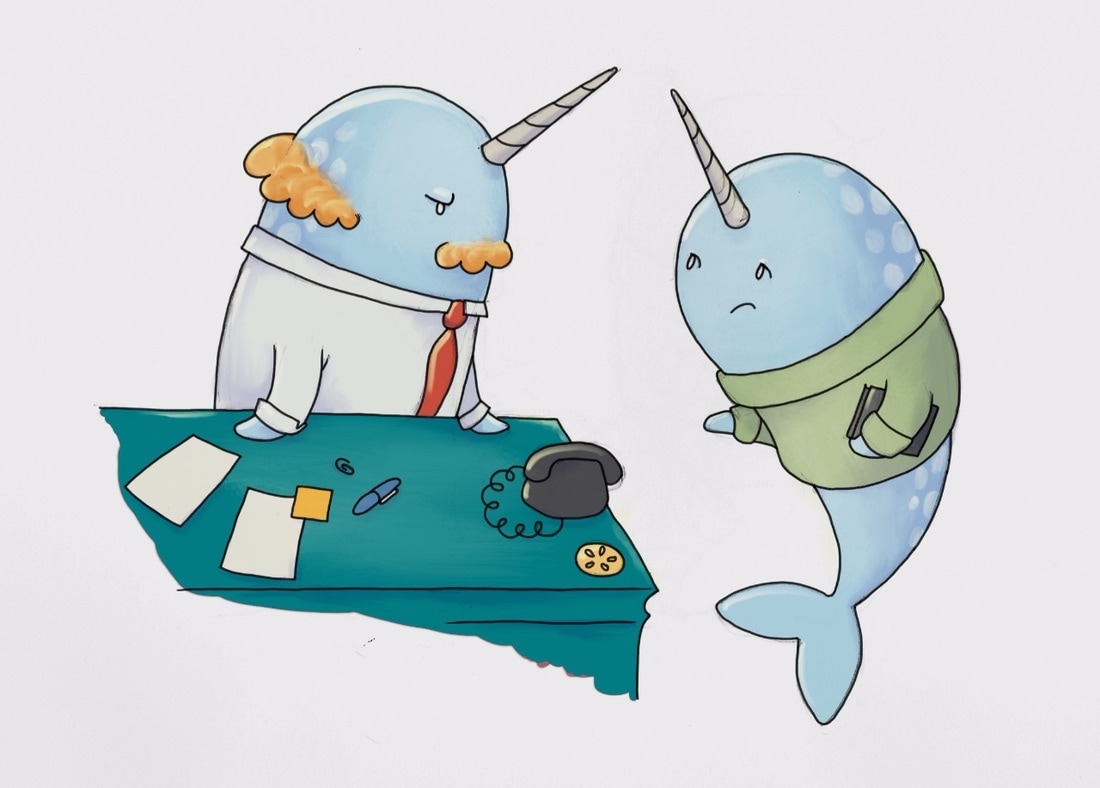Painful Opioid Statistics
/By Roger Chriss, Columnist
The opioid crisis continues to worsen, and media coverage continues to be overly simplistic.
Vox recently reported the U.S. “absolutely dwarfs” all other countries in opioid prescriptions, in a story headlined “America’s huge problem with opioid prescribing, in one quote.”
"Consider the amount of standard daily doses of opioids consumed in Japan. And then double it. And then double it again. And then double it again. And then double it again. And then double it a fifth time. That would make Japan No. 2 in the world, behind the United States," Stanford psychiatry professor Keith Humphreys told Vox.
Although Humphreys’ statement is accurate, it is a misleading oversimplification that omits important context, including the rising rate of heroin and fentanyl-related deaths, and the shifting landscape of opioid prescribing.
First, this statistic represents an average (or mean). It does not include the variance, a measure of how many people use what quantity of opioids. The average person in the U.S. does not use any opioids at all. But people suffering from opioid addiction may use a large quantity of opioids every single day of the year.
In statistical work, reporting an average without the variance is considered sloppy at best, misleading or manipulative at worst.
Humphreys’ statement also fails to distinguish between the legal and illegal use of “pharmaceutical opioids,” a convenient term to refer to legally manufactured opioids, regardless of whether they are used for valid medical purposes, or diverted, shared or sold.
In other words, the much higher number of pharmaceutical opioids in the U.S. compared to Japan reflects both medical use and misuse.
Further, this statistic assumes that Japan’s level of pharmaceutical opioid consumption is somehow better. In fact, Japan has a well-documented history of undertreating pain because of fears about opioid addiction. Pain is so poorly treated in Japan, according to The New York Times, that the government launched a campaign in 2007 urging patients to request pain relief, with hospital posters urging patients to “Tell Us About Your Pain.”
Japan continues to struggle with high levels of chronic pain. A 2015 review found a “high prevalence and severity of chronic pain, associated factors, and significant impact on quality of life in the adult Japanese population."
The Vox article also fails to point out that opioid prescribing in the U.S. peaked in 2010 and has been declining ever since. Yet opioid addiction and overdose deaths have been steadily rising, fueled largely by illegal opioids such as heroin and illicit fentanyl.
Vox is not alone in oversimplifying a complex problem. CNBC, for example, reported last year that “80 percent of the global opioid supply is consumed in the United States.”
Many others have repeated that claim, including Missouri Sen. Claire McCaskill, who recently tweeted that, "We have 5% of world population. 80% of opioids."
PolitiFact ran a fact check on McCaskill’s numbers and found them “greatly exaggerated.”
“While the United States is clearly the largest consumer of opioids, it, at most, accounts for roughly 30 percent of global consumption. We rate McCaskill’s claim False," PolitiFact said.
This is a significant issue in the opioid crisis. While some journalists, politicians, and even physicians name villains, people suffering from opioid addiction continue to get substandard treatment. And people who benefit from opioid therapy are struggling more and more to find physicians willing to prescribe and pharmacies willing to fill opioid prescriptions so they can have a reasonable quality of life.
No one is suggesting that the U.S. needs more opioids, particularly in the acute care setting. Opioids should be prescribed with close monitoring by physicians with experience in pain management. The research literature and public health studies agree that over-prescribing occurred, especially in pill mills and dubious pain clinics. In addition, drug theft and diversion are huge problems.
So while a statistic that invokes multiple doublings for comparative purposes sounds impressive, its context is much more important. We need to focus on the crisis as it really is, without exaggeration, if we hope to have meaningful progress ending it.
Roger Chriss lives with Ehlers Danlos syndrome and is a proud member of the Ehlers-Danlos Society.
Roger is a technical consultant in Washington state, where he specializes in mathematics and research.
The information in this column should not be considered as professional medical advice, diagnosis or treatment. It is for informational purposes only and represents the author’s opinions alone. It does not inherently express or reflect the views, opinions and/or positions of Pain News Network.







































